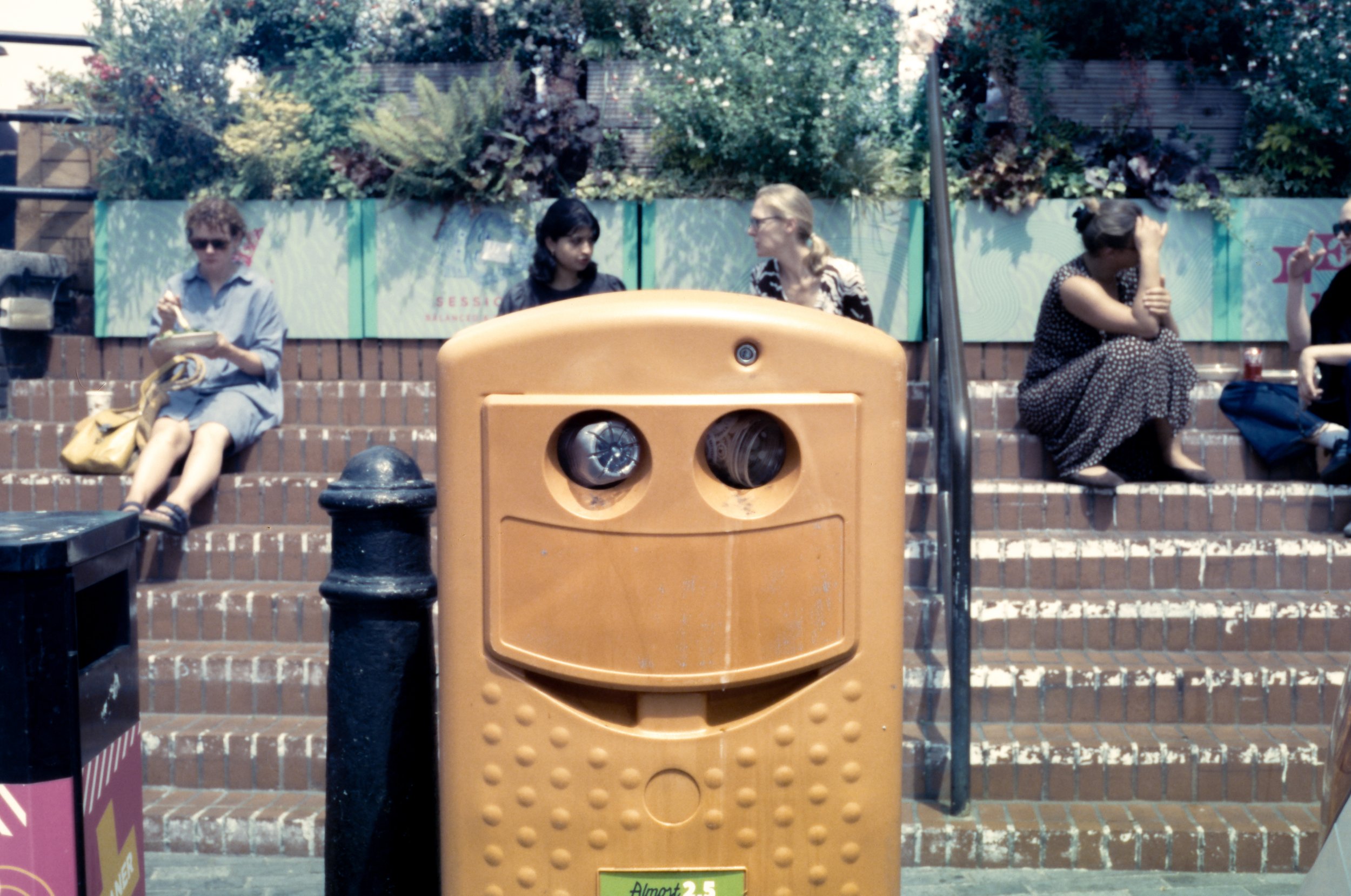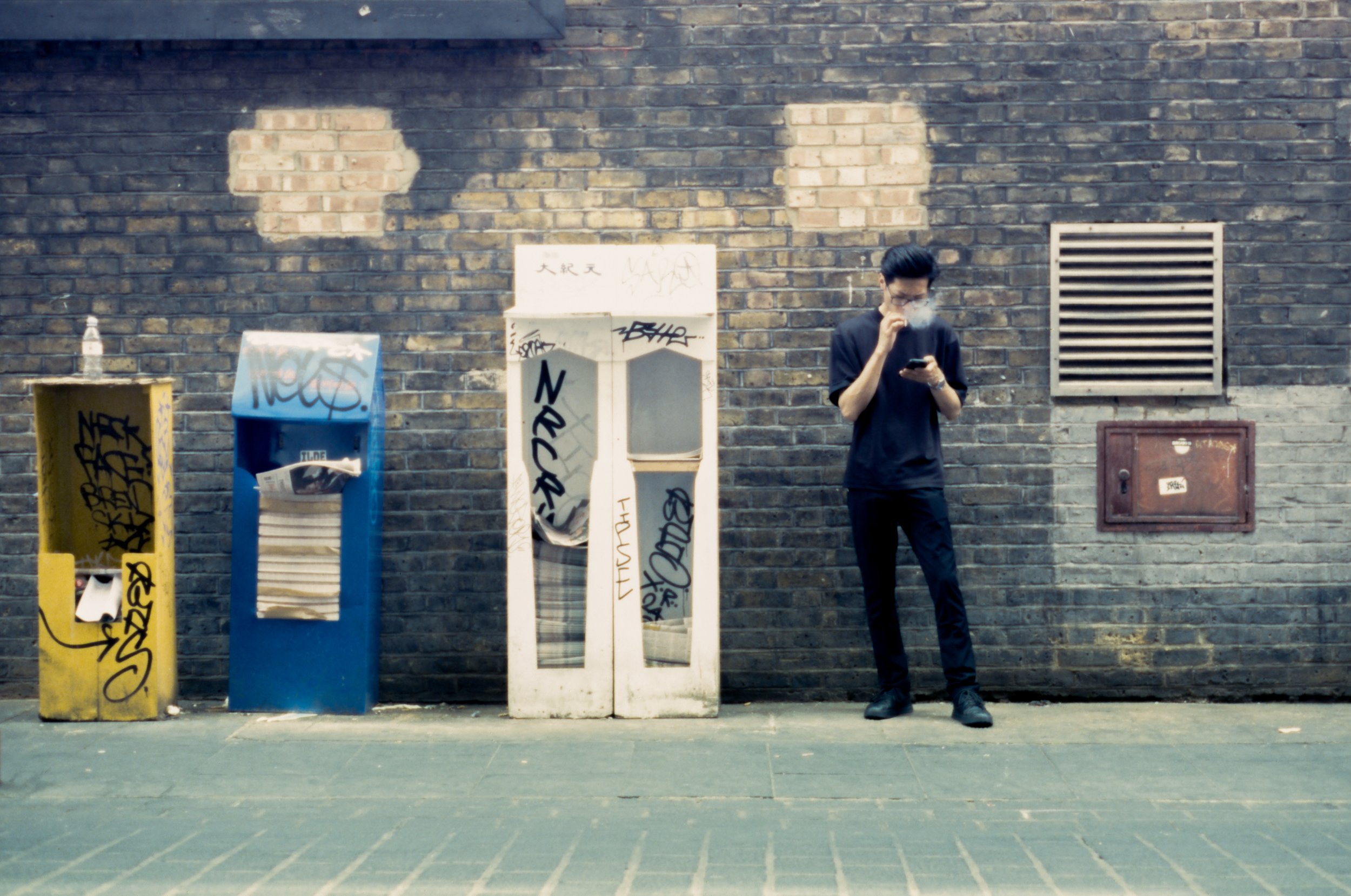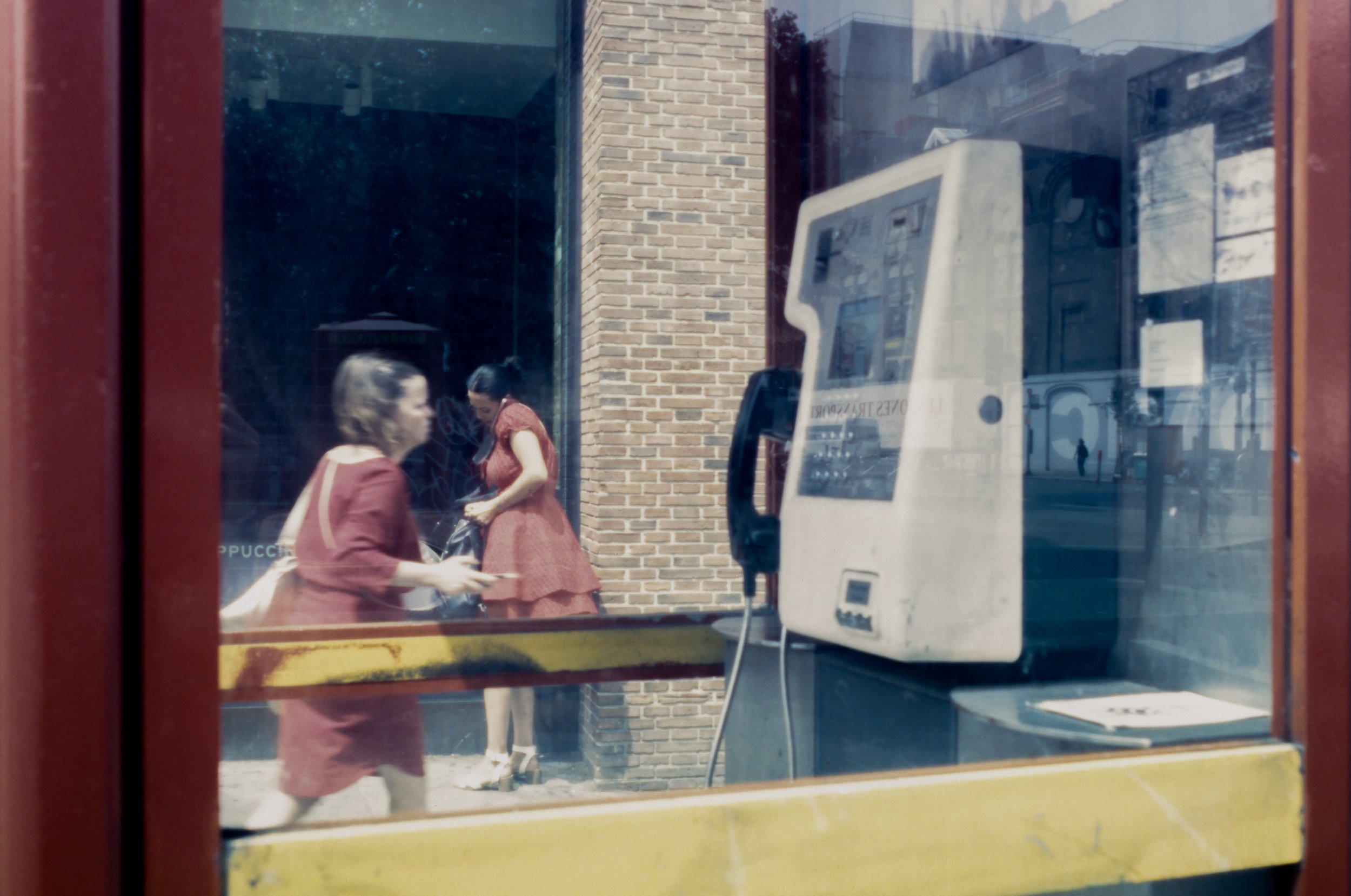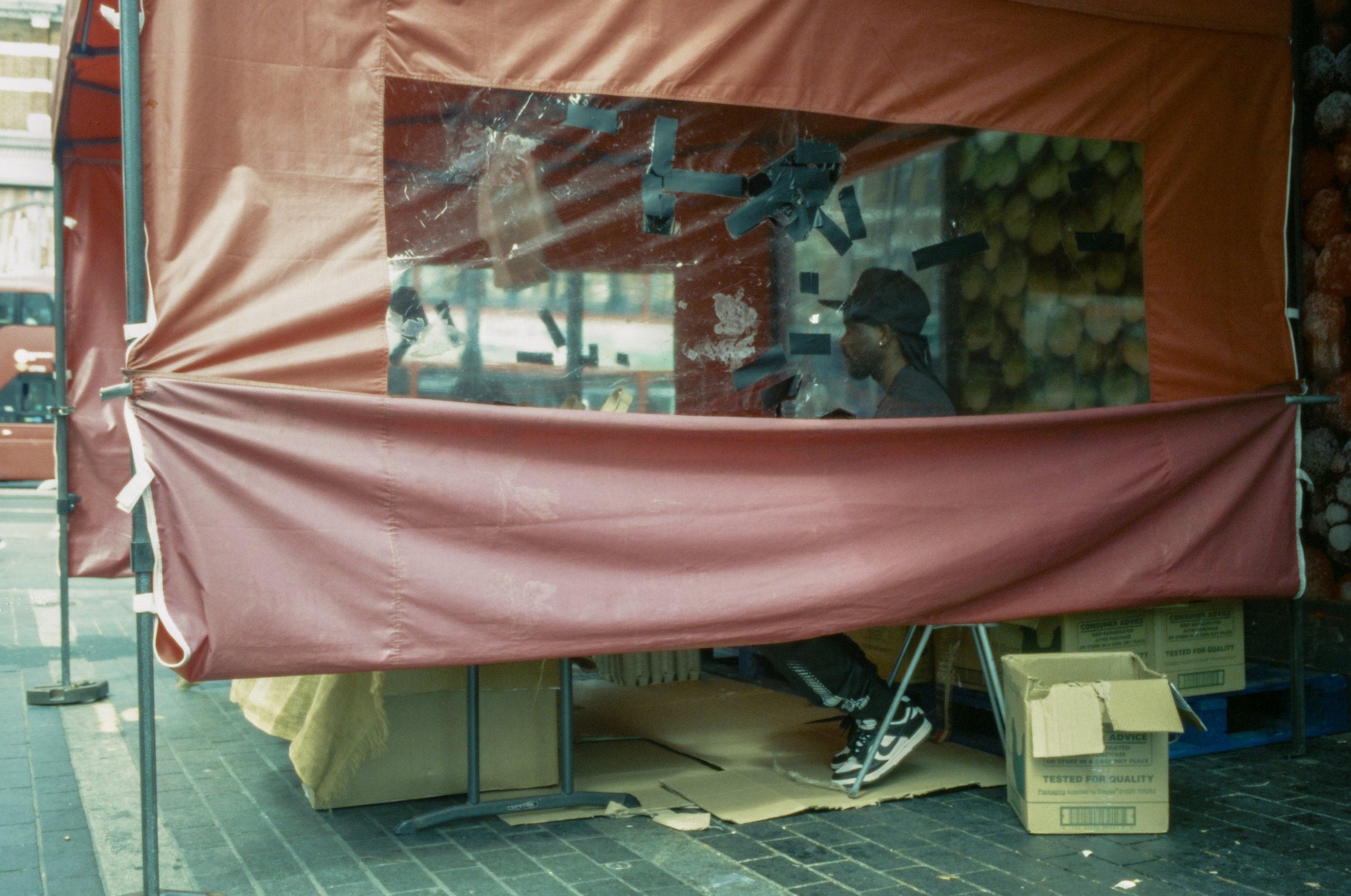Street Photography on Kodak Ektachrome
Slide film is notoriously unforgiving, but I wanted to take on the challenge anyway. Over two days in London, I shot a couple of rolls of Kodak Ektachrome to see what this film could deliver for street photography.
To get my eye in, I started with a roll of Kodak Tri-X—a film I know and love—before moving on to Ektachrome. And to round things off, I finished with a bonus roll of expired Fujifilm Superia 400. All of this was shot on my trusty Canon AE-1, which remains my go-to 35mm film camera for days like this.
The History of Kodak Ektachrome
Ektachrome is one of Kodak’s most iconic colour reversal (slide) films. First introduced in 1946, it offered photographers something groundbreaking: the ability to see their images as positive transparencies, ready for projection, rather than negatives.
Ektachrome became a favourite for professional photographers in the 1950s and 60s thanks to its fine grain, vibrant colours, and sharpness. Unlike Kodachrome (its older sibling), Ektachrome could be processed in standard E-6 chemicals, which made it much easier and faster to develop.
However, slide film, especially Ektachrome, has a reputation for being unforgiving. Its dynamic range is far narrower than colour negative film, meaning highlights blow out easily, and shadows can lose detail if you’re not spot-on with your exposure.
A Nod to Kodachrome
You can’t talk about Ektachrome without mentioning the legendary Kodachrome, which first hit the market in 1935. Kodachrome was loved for its rich colours, incredible archival qualities, and unmatched look, becoming the film of choice for generations of photojournalists, documentary photographers, and even National Geographic.
The downside? Kodachrome required a complex K-14 chemical process that was only available in specialised labs. As digital photography took over, demand dropped, and Kodak eventually discontinued Kodachrome in 2009.
Ektachrome, however, lived on, and in 2018, Kodak brought it back with an updated formulation for modern photographers, giving slide film enthusiasts another chance to experience its unique look.
Why Ektachrome is So Challenging
Slide film doesn’t give you much room for error. Its limited dynamic range means you need to nail your exposure perfectly, or you’ll see colour shifts, blown highlights, or muddy shadows. Ektachrome, while beautiful when shot well, can feel a bit intimidating compared to forgiving colour negatives like Portra or Fujifilm’s C200.
In my case, I believe the roll I shot was expired, which added another layer of unpredictability. Expired slide film often introduces subtle (or not-so-subtle) colour shifts, and that definitely showed in some of my results.
Below Are Some of My Results
Here’s a small selection of images I shot on this roll of Kodak Ektachrome. The colours came out in unexpected ways, likely due to the film being expired, but that’s part of the fun (and frustration) with shooting slide film.














Want to See More?
If you’re curious about how Kodak Ektachrome performs in real-world street photography, you can watch the full video here:
Street Photography on Kodak Ektachrome – Watch on YouTube

